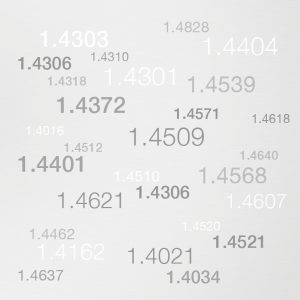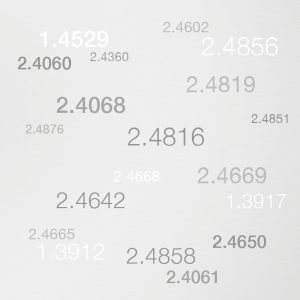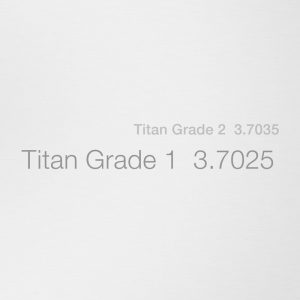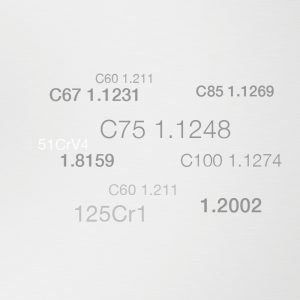Titanium
Titan Grade 2
No other metal has a better tensile strength-to-weight ratio. Titanium is characterized by a natural resistance to corrosive media such as seawater or chlorine. Due to its high affinity for oxygen, the material forms a self-healing oxide layer on the surface.
Titanium is particularly suitable for the production of weight-reduced components, as the inertial forces of the structure are reduced. Due to the low coefficient of thermal expansion, only low thermal stresses occur in components made of titanium. Properties that are particularly valued in the aerospace industry. Titanium strips are used for the manufacturing of bipolar plates for fuel cells. The high biocompatibility of the material should be emphasized. Prostheses, plates and other materials for surgical purposes are usually made of titanium materials.
Titan Grade 1
Material number
EN DIN
UNS
Product
3.7025
Ti99,8 / Ti99,5
R50250
![]()
![]()
Titan Grade 2
Material number
EN DIN
UNS
Product
3.7035
Ti99,7 / Ti99,4
R50400
![]()
![]()
![]() Spring steel
Spring steel ![]() Precision strip
Precision strip ![]() Service strip
Service strip
Overview of all Titanium materials
Special Alloys: According to ASTM B 265 Mass fraction in% | |||||||||||||
EN-material number | EN-Code | ASTM / AISI | C | Si | Mn | Cr | Ni | Mo | Others | Rp0,2 [MPa] | Rp1,0 [MPa] | Rm | A80 [min.%] |
3.7025 | Ti Gr 1 | R50250 | 0,08 | - | - | - | - | - | O 0,18; N 0,03; H 0,015; | ≥ 180 | - | ≥ 290 | ≥ 30 |
3.7035 | Ti Gr 2 | R50400 | 0,08 | - | - | - | - | - | O 0,25; N 0,03; H 0,015; | ≥ 250 | - | ≥ 390 | ≥ 22 |







